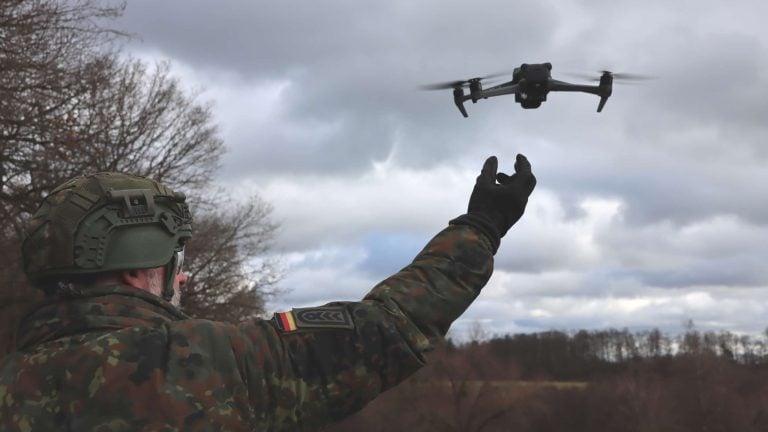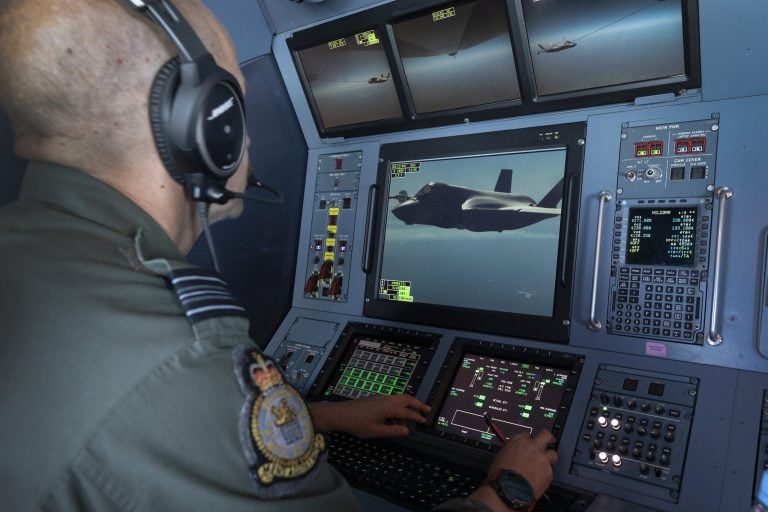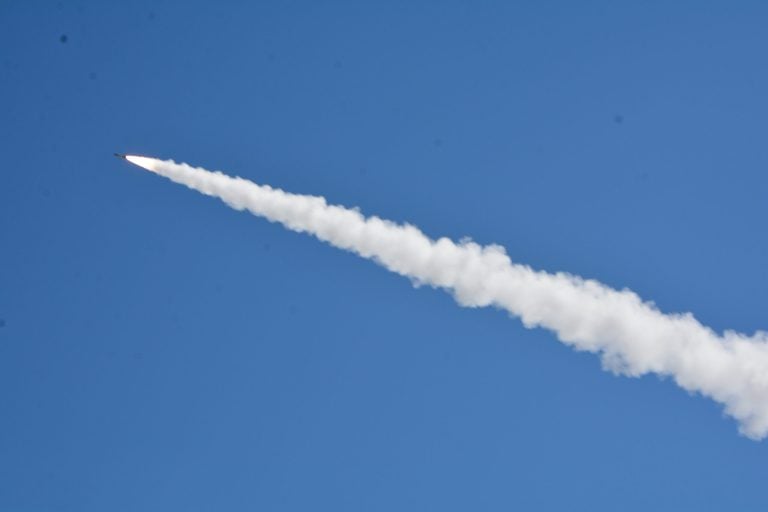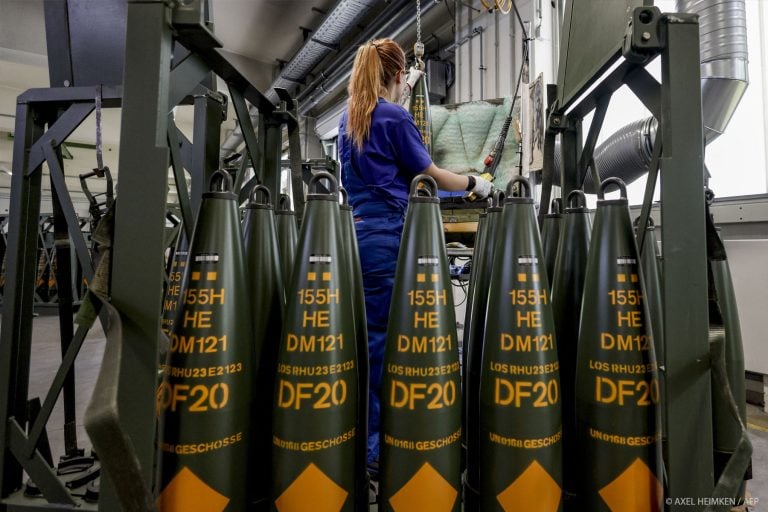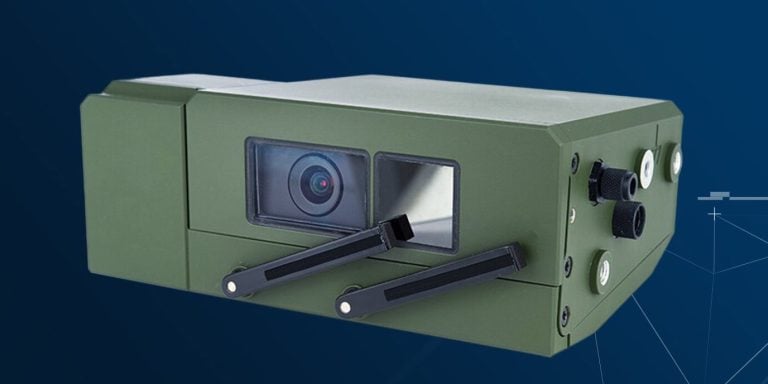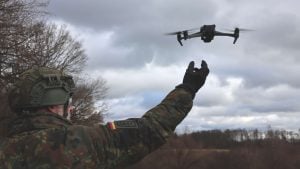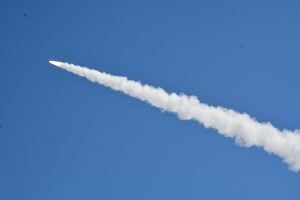China’s military announced the completion of two days of live-fire exercises designed to simulate strikes on key ports and energy sites, specifically targeting Taiwan, which Beijing views as a breakaway province. The exercises, named “Strait Thunder-2025A,” elicited strong condemnation from Taiwanese officials and were described by the United States as tactics intended to instill intimidation.
These military maneuvers occurred shortly after Taiwanese President Lai Ching-te labeled China a “foreign hostile force,” increasing tensions between the two sides. The exercises took place in the central and southern regions of the Taiwan Strait as well as the East China Sea, with a spokesman for the People’s Liberation Army (PLA) stating that all tasks for the joint drills had been accomplished.
The PLA’s focus was to assess troop capabilities related to blockade and control operations, in addition to precision strikes on designated targets. The exercises included long-range live-fire drills with simulated hits on key ports and energy facilities. Observers reported seeing fighter jets operating in the vicinity of Pingtan, which is the Chinese territory closest to Taiwan and hosts a military installation.
In a show of military might, China’s Shandong aircraft carrier participated in drills to evaluate its blockade capabilities against Taiwan. The Chinese government reiterated its stance that punitive measures would persist until Taiwan’s leadership abandons efforts to proclaim independence from China.
The democratic island of Taiwan, home to approximately 23 million residents, remains a significant point of contention between Beijing and Washington, which engages in security partnerships with Taipei. The U.S. State Department criticized China’s “aggressive” military actions and rhetoric toward Taiwan, arguing that they contribute to heightened tensions and instability in the region.
The UK Foreign Office also expressed concern regarding the drills, framing them as part of a broader pattern of activities that escalate tensions and pose risks of dangerous confrontation in the Taiwan Strait. Chinese officials have voiced opposition to the United States’ support for Taiwan, specifically targeting Lai, whom they label a “separatist.”
These military exercises closely followed China’s comprehensive show of force, which involved army, navy, air, and rocket forces surrounding Taiwan, prompting the island to respond with its own air and maritime readiness. Taiwan’s defense ministry later clarified that no live-fire activities occurred near the island during the latest exercises.
Notably, the Chinese military detected 36 aircraft, 21 warships, and 10 coast guard vessels around Taiwan, marking an increase from the previous day. In a statement, a spokesperson for the Chinese Ministry of Defence warned that any pursuit of Taiwan’s independence would only jeopardize the safety and well-being of its residents.
Leaders from China have indicated that further military drills may follow, particularly if Taiwan’s advocates for independence continue to provoke significant actions. Major General Meng Xiangqing emphasized the likelihood of retaliatory measures by the PLA should Taiwan take definitive steps toward independence.
In recent years, Beijing has intensified military pressure on Taiwan, conducting numerous large-scale exercises interpreted as preparations for a potential blockade and takeover. The atmosphere of tension has only deepened since Lai assumed the presidency, adopting more forthright language than his predecessor, Tsai Ing-wen.
While Taiwan considers itself a sovereign entity, the international community, including the United States, predominantly refrains from formally recognizing its statehood, opting instead for diplomatic ties with China. Last month, President Lai outlined measures to combat increasing Chinese espionage and infiltration, reiterating the island’s need to strengthen its defenses.
During a recent visit to the region, U.S. Defense Secretary Pete Hegseth reaffirmed his commitment to maintaining a “robust, ready and credible deterrence” in the strait. Analysts suggest that China’s ongoing military escalations serve as stress tests to assess the reliability and conditions of U.S. support for Taiwan amid shifting geopolitical dynamics. Despite a legal obligation to supply arms to Taiwan, the U.S. has typically maintained a stance of “strategic ambiguity” regarding possible military intervention in the event of a Chinese attack.



